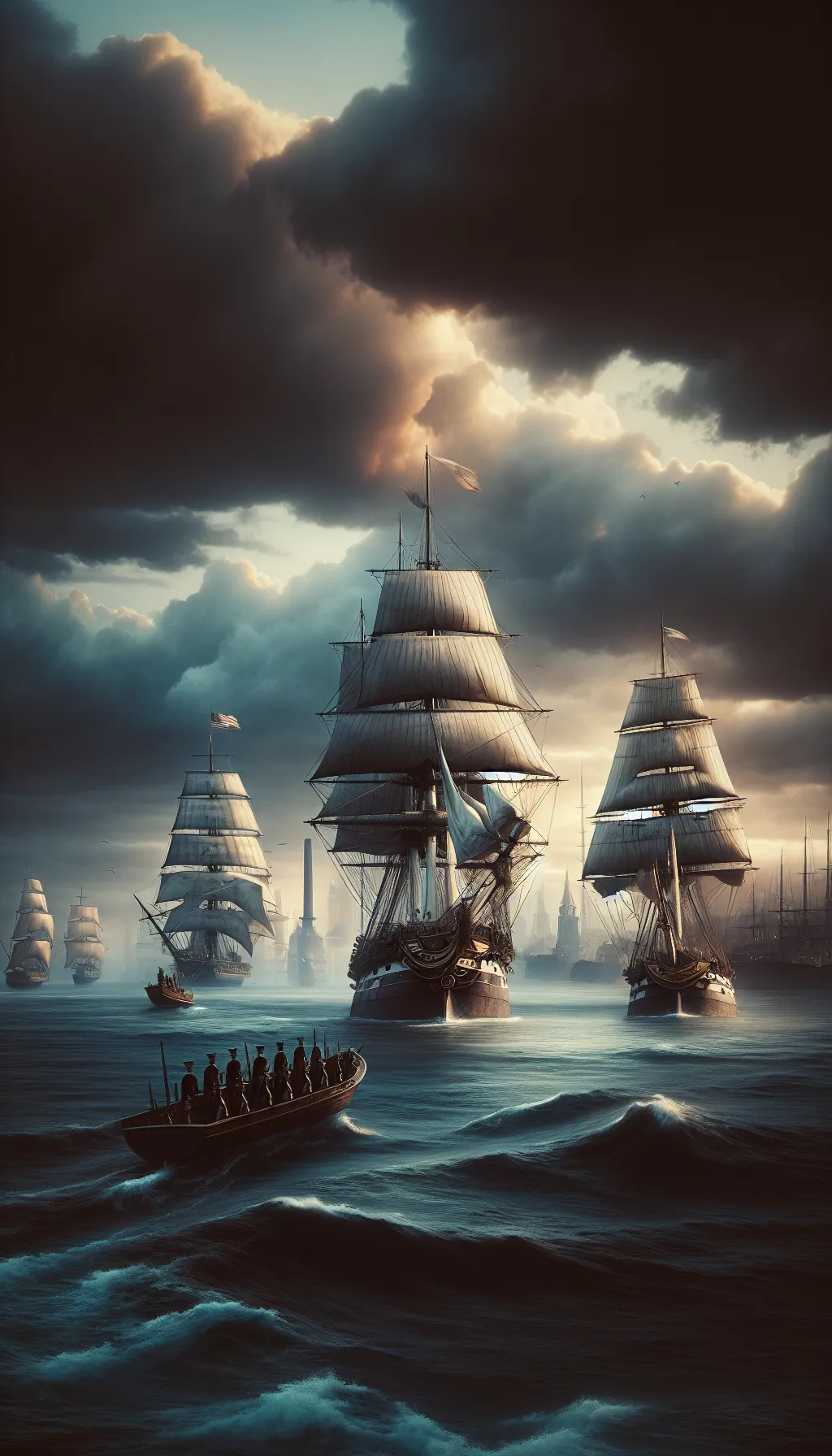United States – The Swift Fall of the USS Chesapeake – June 1, 1813
TLDR;
- Event: On June 1, 1813, the USS Chesapeake engaged in a brief but intense battle with the British HMS Shannon off the coast of Boston during the War of 1812.
- Outcome: The Chesapeake was quickly overwhelmed, with Captain James Lawrence mortally wounded, uttering the famous command, “Don’t give up the ship!” before being captured by the British.
- Impact: The swift defeat was a blow to American morale, but Lawrence’s last words became a rallying cry for American forces, immortalized by Oliver Hazard Perry.
- Legacy: The phrase “Don’t give up the ship!” transcended the battle, symbolizing perseverance and determination in the face of adversity.
–
Story
The sea was calm off the coast of Boston on June 1, 1813, but the air was thick with tension. The American frigate USS Chesapeake, under the command of Captain James Lawrence, was about to engage in a fateful duel with the British HMS Shannon. The War of 1812 had seen its share of naval skirmishes, and this encounter was part of those ongoing clashes.

As the Chesapeake sailed out to meet the Shannon, the crew was eager to prove their mettle. The American public had been clamoring for a decisive victory, and Lawrence was determined to deliver.
The battle commenced with a thunderous exchange of cannon fire. The intense combat lasted about 15 minutes before the Chesapeake was crippled. A well-aimed broadside from the Shannon had shattered her rigging and left her vulnerable. Captain Lawrence, mortally wounded, was carried below deck. As he was being taken below, he uttered his famous command, ‘Don’t give up the ship!’—a phrase that would later become symbolic.
The American crew, despite Lawrence’s fall, continued to resist until British boarding parties overwhelmed them. The Union Jack was hoisted over the Chesapeake, marking a swift and decisive British victory.
The capture of the USS Chesapeake was a blow to American morale at the time, seen as a humiliating defeat. However, Lawrence’s dying words, ‘Don’t give up the ship!’, later became a rallying cry for American forces, thanks in part to Oliver Hazard Perry who used it as a battle flag, rather than the battle itself which was quickly overshadowed by this enduring phrase.
–
| Would a different strategy have changed the outcome of the Chesapeake’s capture? |